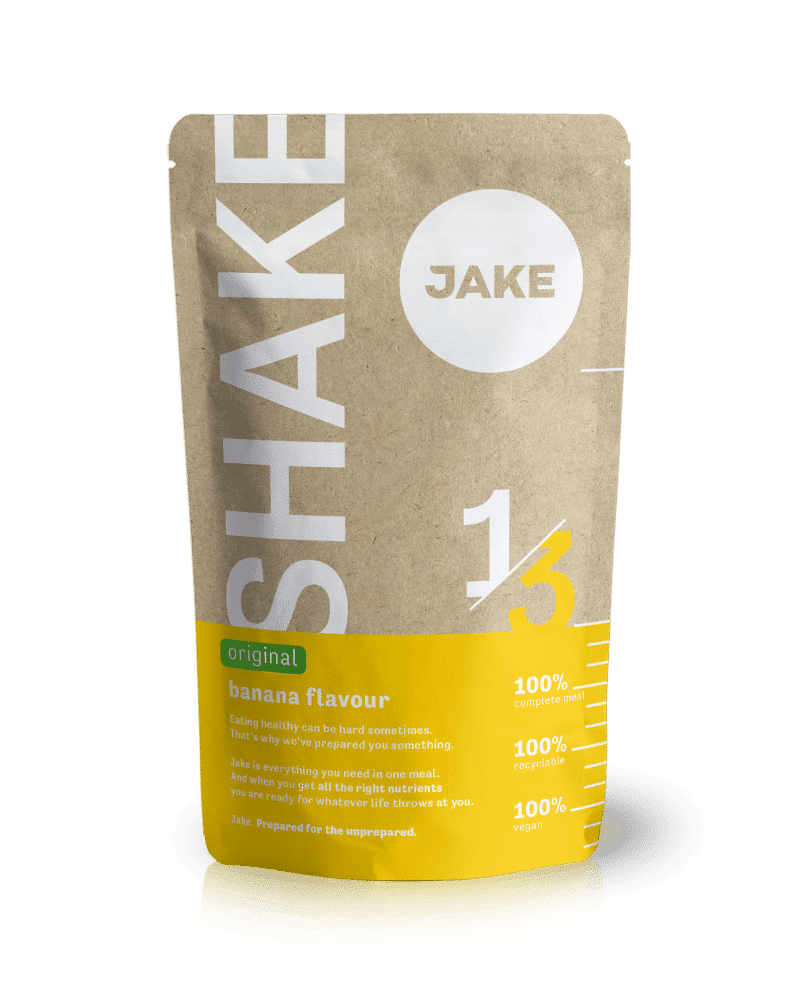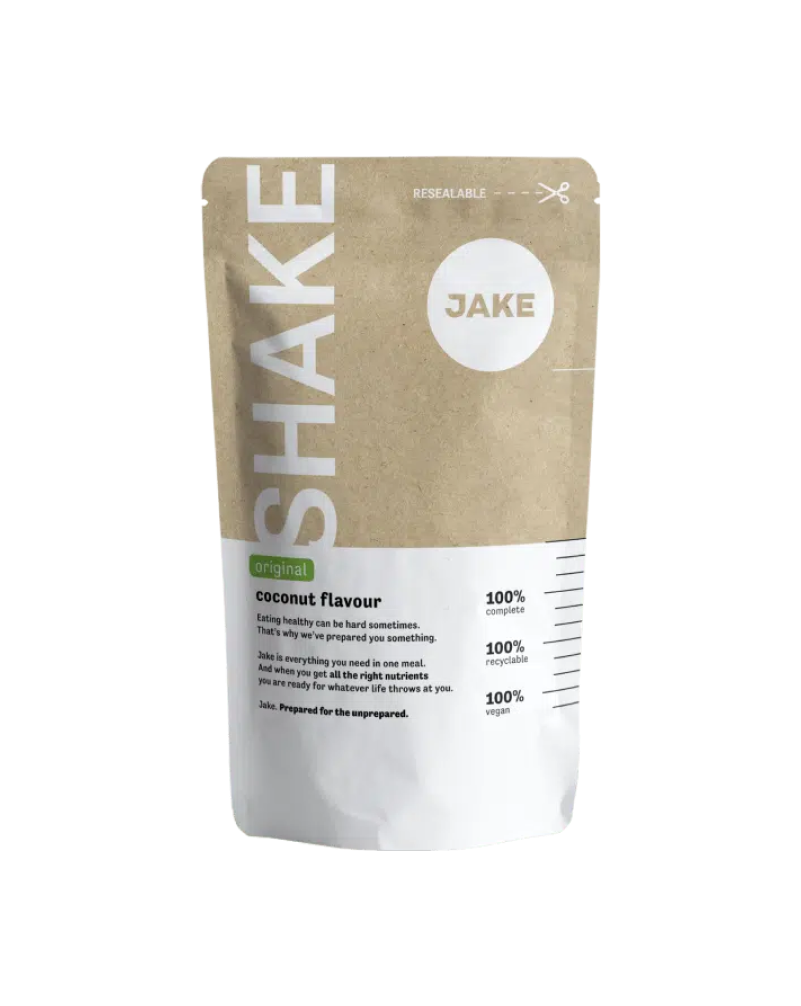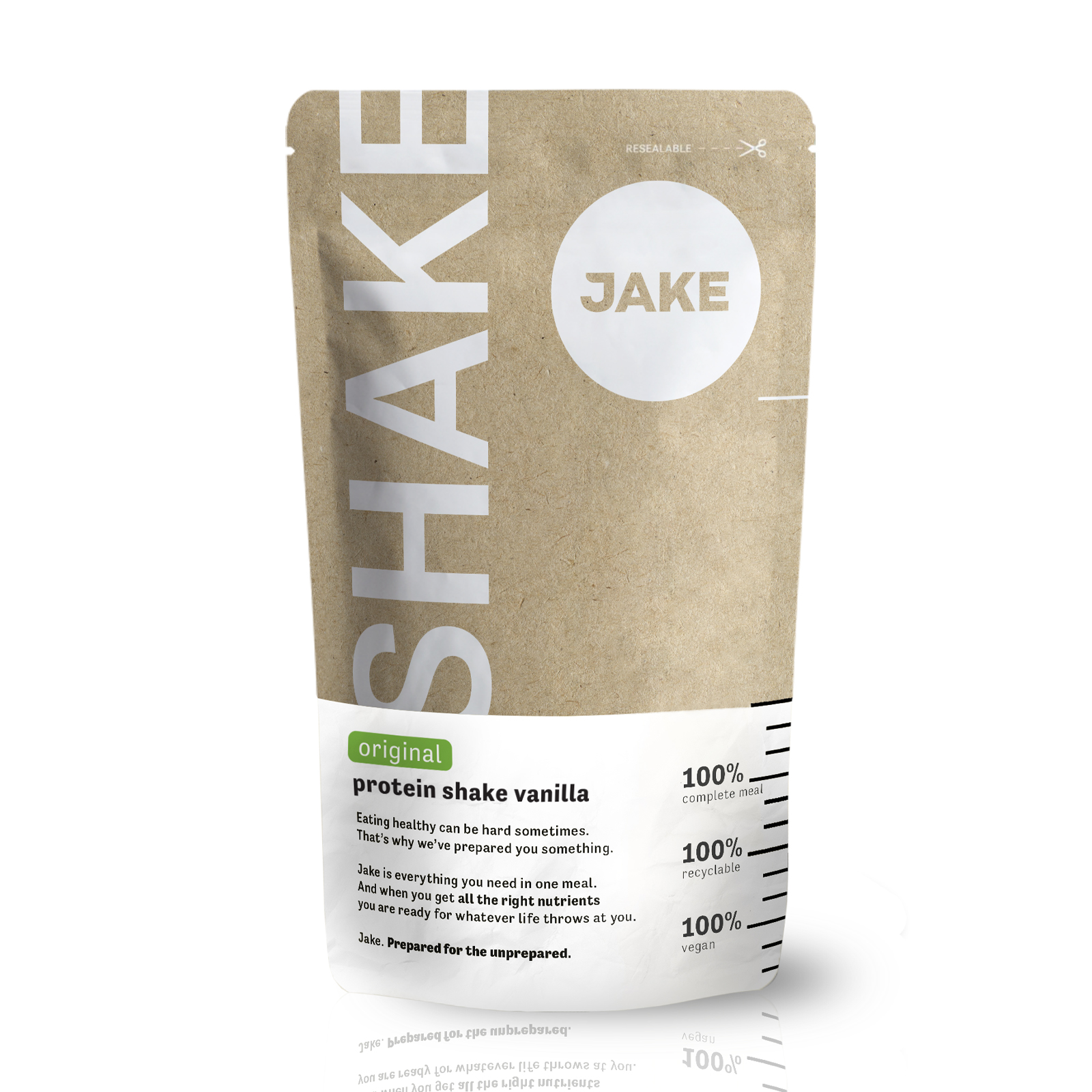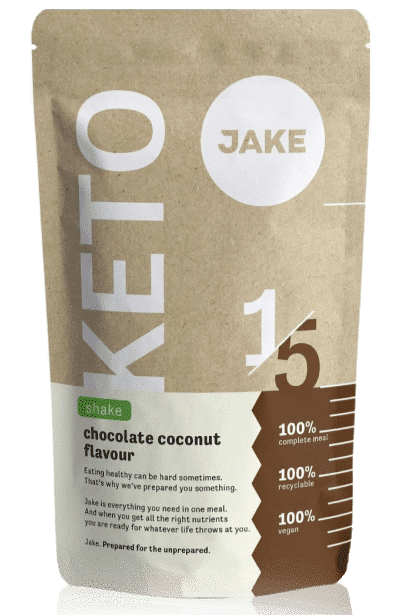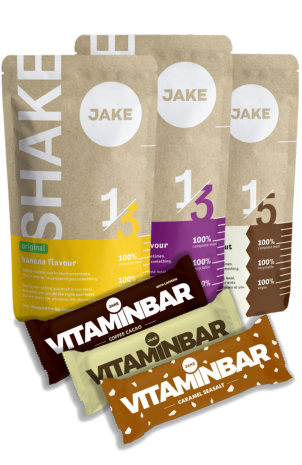Organic is (not) better
It’s a common supermarket dilemma: you’re standing in the aisle between a regular product and its organic version. Your instinct and all marketing signs tell you that organic must be better, but your mind is struggling for a rational reason why. The romantic ‘back-to-nature’ appeal of organic food is strong and difficult to outshout, but for the love of facts and rational supermarket decisions, let’s try. Here’s an overview of what organic food really is and how it compares to its non-organic neighbours on the shelf.

Organic food. What’s that again?
Organic food is food produced through organic farming. That means without any synthetic pesticides, fertilisers, genetically modified organisms, antibiotics or growth hormones. Organic farming employs techniques like crop rotation and companion planting, which promote biodiversity and long-term soil quality. That’s the black-and-white definition. To keep it balanced, it’s important to clarify a couple of points.
First of all, not using synthetic pesticides doesn’t mean not using pesticides. Organically farmed or not, crops are vulnerable to predators and diseases, and pesticides are required to protect them. Both organic and conventional farming make use of a combination of natural and synthetic pesticides.
Next to that, although organic farming generally prohibits the use of antibiotics on livestock, it can be allowed with limitations when alternative treatments are inappropriate. Last but not least, crop rotation and other soil-enhancing techniques aren’t exclusively used by organic farmers. Conventional producers also make use of them to improve fertility and crop yield.
Both organic and conventional farming have pros and cons. Yet, public opinion is often more positive towards organically produced foods, with many consumers perceiving them as better for the environment, more nutritious, healthier and safer than conventional foods.
Is that so? Let’s see how organic products actually compare to conventional products.
Nutritional value of organic foods
When it comes to macronutrients, vitamins and minerals, there are generally no meaningful differences between organic and non-organic produce. The available data point out only two exceptional cases: organic meat and cow’s milk.
Organic cow’s milk conclusively shows around 50% higher content of total omega-3 fatty acids than conventional milk. Data about organic meat are less consistent with regard to the size of the effect, but they still demonstrate a significantly higher content of omega-3 fatty acids in beef, lamb and pork as compared to their conventionally-bred counterparts.
Toxic metals in organic and conventional foods
Soil and pesticide composition affect not only the nutrient profile of crops, but also the presence of toxic metals in the produce. Current research finds no difference between organic and conventional crops when it comes to lead, mercury and arsenic concentrations. There is some evidence of significantly higher concentrations of cadmium in conventional crops as compared to organic crops. However, due to inconsistencies in the analyses, the size and significance of these difference are yet to be specified.
Antibiotics-resistant bacteria
A clear difference between organic and conventional farming is the use of antibiotics. Conventional farming uses them both as prevention and as treatment. In organic farming, only treatment use in special cases is allowed. It makes a difference, with up to 4 times less antibiotics used in organic cow breeding and up to 15 times less in organic pig farming versus conventional production.
However, the antibiotics themselves aren’t a potential health hazard for us, because products from animals which have been treated with antibiotics can only be used as human food after a withdrawal period has passed. This means that the animal and, hence, the animal product are free of antibiotics residue at that point.
The issue with using antibiotics in farming has to do with antibiotics-resistant bacteria such as E. coli, salmonella and campylobacter. If antibiotics-resistant bacteria cause an infection in humans, treatment can be very difficult. It’s important to note that not all antibiotic treatments can lead to antibiotic resistance in humans. And also, less use of antibiotics in organic farming doesn’t necessarily mean organic meat is free of antibiotic-resistance bacteria. Comprehensive studies on the topic are limited, but data from the Netherlands and the US show that some retail organic meat also contains resistant bacteria, sometimes in comparable levels to conventional meat.
Pesticides
Safety in the context of organic foods is generally assumed based on the absence of synthetic substances in the production process. However, some organic pesticides, like copper sulphate and pyrethrum, have shown to be at least as high in toxicity as the synthetic chlorpyrifos and chlorothalonil. The point of saying this isn’t to scare you off of every kind of food. But a pesticide is a pesticide. And just because it occurs naturally, doesn’t mean it’s harmless.
It’s true that there are pesticide residues in both organic and non-organic foods. It’s also true that organic food has significantly lower levels of pesticide residue than non-organic foods. However, the pesticide levels in both organic and non-organic foods are well below the established guidelines for what is safe. A study in Denmark estimated that the risk of cumulative negative health effects from pesticide residues in food is comparable to that of having a glass of wine every three months. Developing countries, where food regulations aren’t in place or aren’t strictly enforced may have a different level of risk. However, if you’re living in the West, there’s no need to worry about pesticides from food. Organic or not.
The environment
Organic farming has the potential to benefit the environment by enhancing soil quality and promoting biodiversity. However, environmental impact is a much broader topic.
The amount of data available for a comparison between organic and conventional foods isn’t overwhelming. From what we do know, there’s no clear winner. The most conclusive results are in the area of land and energy use. Organic farming requires considerably more land than conventional farming and much less energy, if you account for the energy required to produce synthetic pesticides and fertilisers. When it comes to other environmental factors such as greenhouse gas emissions, the truth is, it really depends on the type of food.
So, if you’re choosing organic primarily to reduce environmental impact, your best strategy wouldn’t be to go organic across the board. If you’d go for organic pulses and fruits, but pick conventional cereals, vegetables and animal products, you’d end up with lower total greenhouse gas emissions than if you only choose conventional or only organic.
Next to that, certain types of food, specifically beef, mutton and pork have a significantly higher environmental impact than dairy, eggs and plant produce. That’s true regardless of how organically they’re produced. Therefore, what food you pick is essentially more meaningful for the environment than how it was produced.
Organic or conventional?
Back to the supermarket aisle. Before you let your instincts or assumptions push you in any direction, decide what’s important for you when making food choices.
If you’re looking to maximise your nutritional benefit and you’re choosing beef, lamb, pork or cow’s milk, you’d better pick organic – it’ll deliver more omega-3 fatty acids. But if you’re trying to avoid antibiotics-resistant bacteria in your food, an organic label cannot guarantee you that. Are you concerned about the environment? You can buy all things organic and still end up with a worse environmental impact than if you’d pick only conventional food. If you want to make the best environmental choices, what food you pick is more important than how it was produced.
The bottom line is that an ‘organic’ label doesn’t mean ‘healthier’, ‘safer’ or ‘better for the environment’. Not across the board, anyway. So, if you want to make rational food choices, set your priorities straight and decide on a case-by-case basis.
Afraid to miss out on essential nutrients your body needs? You can always take our Jake meal replacement shakes or one of our delicious meal replacement bars.
